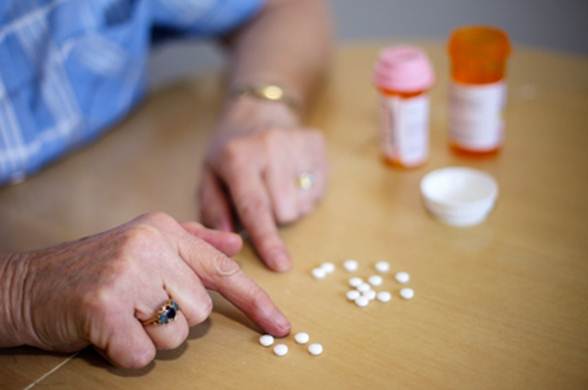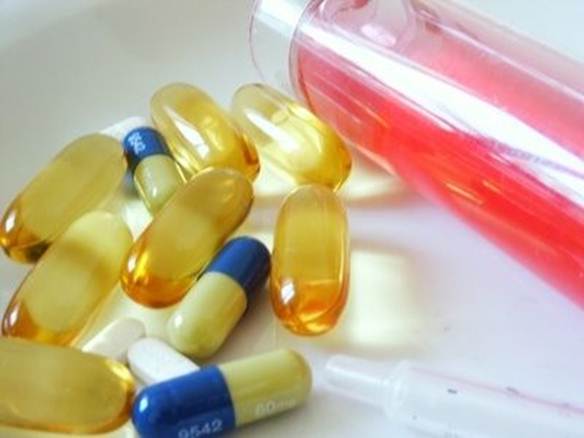Tips for managing your young child’s health
It is a truth universally acknowledged, that
parents of young children recently diagnosed with type 1 diabetes must be in
want of a little clarity. In other words, if you just found out your child has
diabetes and your emotions are swinging from anxiety and despair to complete
confusion, don’t worry. It’s totally normal.
Good news for you: Plenty of parents have been
through the trenches and made it out with tricks they learned along the way.
(Lesson No.1: no matter how overwhelmed you feel right now, it will get
better.) Read on for sanity-saving tips from health experts and parents.
Right now
Ease the
ouch.
There are very few things young children will
sit still for, and blood glucose checks or insulin injections don’t usually top
that list. Experts and parents who have been there, done that say the process
becomes a whole lot easier if you incorporate distractionsm rewards, comfort,
and routine.

Ease
the ouch
Insulin injections were problematic for Jeff
Hitchcock, the founder of ChildrenWithDiabetes.com and father of Marissa, 24,
who was diagnosed with type 1 diabetes at age 2. “That became a test of who
could run fastest,” he says. “But kids grow out of it when they realize insulin
injections are not optional.” To persuade his toddler to sit still, Hitchcock
would offer her a reward, such as a sticker or diabetes-friendly treat. Wendy
Rose’s 8-year-old daughter, Adalyne, holds a special stuffed animal whenever
the infusion set on her pump is changed.
Distractions help, says Sandy Nimmo, RN, BSN,
CDE, a diabetes educator at the Nebraska Medical Center Diabetes Center. So let
your child read a book, play with a toy, or watch a TV show. Reserving a place
in the house for checking blood glucose and injections also helps, she says,
because it makes kids less fearful of getting tested randomly throughout the
day.
Jaclyn Gee, MS, CCLS, a child life specialist
at the Naomi Berrie Diabetes Center at New York Presbyterian/Columbia
University Medical Center, suggests keeping to a routine. Young kids cry when
they’re checked or given insulin mainly because they don’t want to sit still
and want to keep playing; with today’s small lancets and syringe needless, the
pain is minimal, Gee adds. “As long as they know this is a new routine, they
adapt,” she says.
Dose accurately.
Children with diabetes require much less
medication than adults, aspecially during the honeymoon period when their
bodies still make insulin. The catch: Many syringes aren’t made to handle
smaller doses, but you can ask for 30-unit syringes with half-unit markings. A
couple of insulin pens allow for half-unit doses, and insulin pumps allow for
background and mealtime doses as low as 0.025 units. In certain cases, your
doctor may also work with your pharmacist to develop a less-concentrated insulin-saline
solution, says David Maahs, MD, PhD, a pediatric endocrinologist at the Barbara
Davis Center for Childhood Diabetes at the University of Colorado, which can
help you dose for smaller amounts of medication.

Children
with diabetes require much less medication than adults, aspecially during the
honeymoon period when their bodies still make insulin.
Customize
treament for lows.
Problem solving is a key skill in diabetes
management – one you’ll putto use in figuring out what your child needs. Case
in point: When a very young child is hypoglycemic (blood glucose less than 70
mg/dl), he or she may not have teeth to chew candy or a glucose tablet and
might not understand how to drink through a straw. Solution: glucose gel or
cake gel to the rescue. Rose’s daughter, who was diagnosed with type 1 diabetes
at age 2, had frequent lows and couldn’t use a straw until her blood glucose
rebounded. Rose would rub cake gel on her daughter’s gums until she could drink
juice.

Customize
treament for lows
The amount of carbs a child needs to treat a
low is also up for debate. While the beginning guideline for children and
adults is 15 grams of glucose or carbohydrate to raise blood glucose to a safe
level, that amount may be too much for babies. Andi Smith says 15 grams is
still too high for her 4-year-old son, William, who has diagnosed with type 1
diabetes at 13 months. “If we give him 15 grams [of carbs], then we’d have to
give him insulin and we’d end up with a yo-yo [situation].” It will take some
trial and error to arrive at the right number of glucose or carbohydrate grams
for your young child, but err on the side of more carbs to begin.